The Transforming Drainage project (2015-2021) was an 8-state project led by a core group of 17 agricultural engineers, soil scientists, agronomists, economists, social scientists, and database and GIS specialists. Our vision was to transform the process of designing and implementing agricultural drainage to include water storage in the landscape. The team focused on advancing three practices: controlled drainage (also known as drainage water management), saturated buffers, and drainage water recycling.
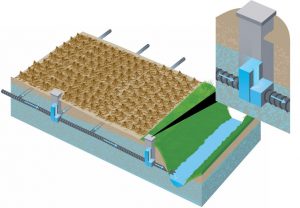 Controlled drainage uses water control structures in the field to manage the outlet elevation of the subsurface drainage tile allowing for storage of water within the soil profile of the field
Controlled drainage uses water control structures in the field to manage the outlet elevation of the subsurface drainage tile allowing for storage of water within the soil profile of the field
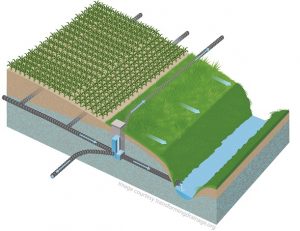 Saturated buffers also store water within the soil profile, similar to controlled drainage, except at the edge of the field where that water can interact with the root zone of perennial buffer vegetation.
Saturated buffers also store water within the soil profile, similar to controlled drainage, except at the edge of the field where that water can interact with the root zone of perennial buffer vegetation.
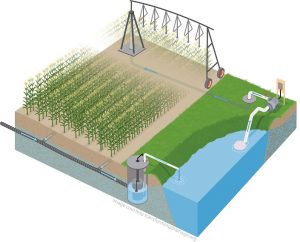 Drainage water recycling captures drained water for the field in an on-farm water storage (e.g. pond) where it can be used later for irrigation.
Drainage water recycling captures drained water for the field in an on-farm water storage (e.g. pond) where it can be used later for irrigation.
Accomplishments include the following:
The team determined economic and environmental benefits and costs of storing drainage water through monitoring, modeling, and synthesis of results. Publications include 38 peer-reviewed papers including synthesis papers across sites, 167 conference presentations, 49 conference posters, and 10 conference papers.
- Impact: Results showed that drainage water storage practices (controlled drainage, saturated buffers, and drainage water recycling) can significantly reduce nutrient losses from drained land while maintaining or increasing yield across the Midwest region.
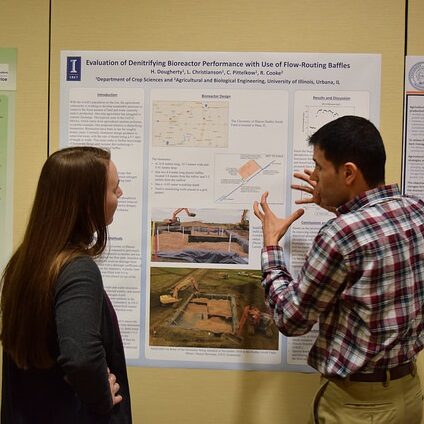
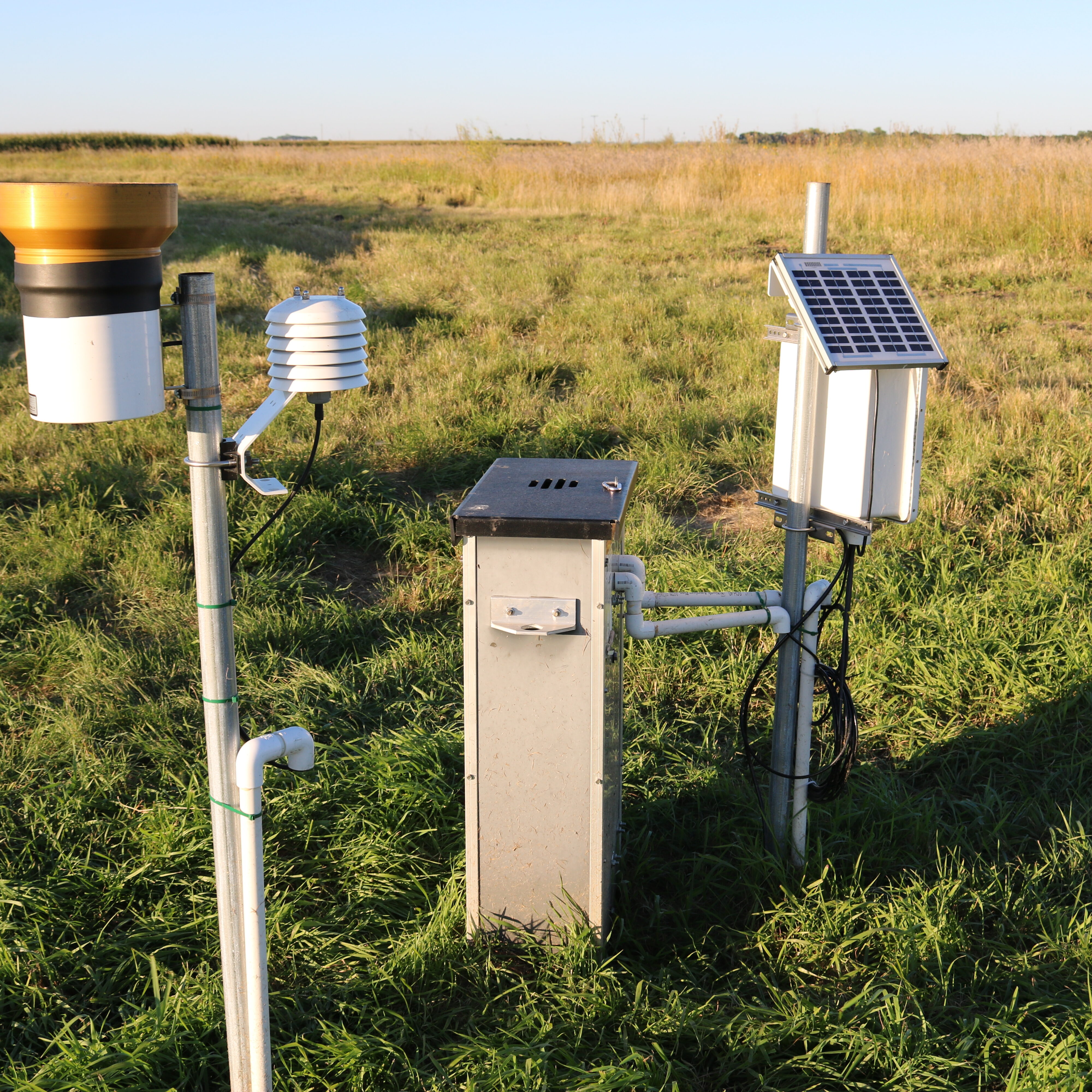
The database from the 39 subsurface drainage research sites where drainage storage practices were evaluated has been uploaded to the National Ag Library Ag Data Commons and through the data visualization tool developed by the project at Drainagedata.org. The database includes 206 site-years of tile drainage, 153 of nitrate-N load, 91 of water table, and 196 of crop yield.
- Impact: The publication of this data represents a major advancement in making data publicly available for scientists within the crop, climate, and hydrology research and modeling communities to utilize in future research.
Tools were developed to apply findings to decision-making on the farm, in watersheds, and in state and national policy, through an iterative process of interaction with stakeholders. The project developed eight tools, available at https://transformingdrainage.org//tools/. These tools were validated with focus groups, and are provided to the public as part of the extension publication, “Tools to Inform and Transform Drainage” (ABE-164).
- Impact: Stakeholders will be able to make better decisions about drainage design to protect water quality and improve resilience.
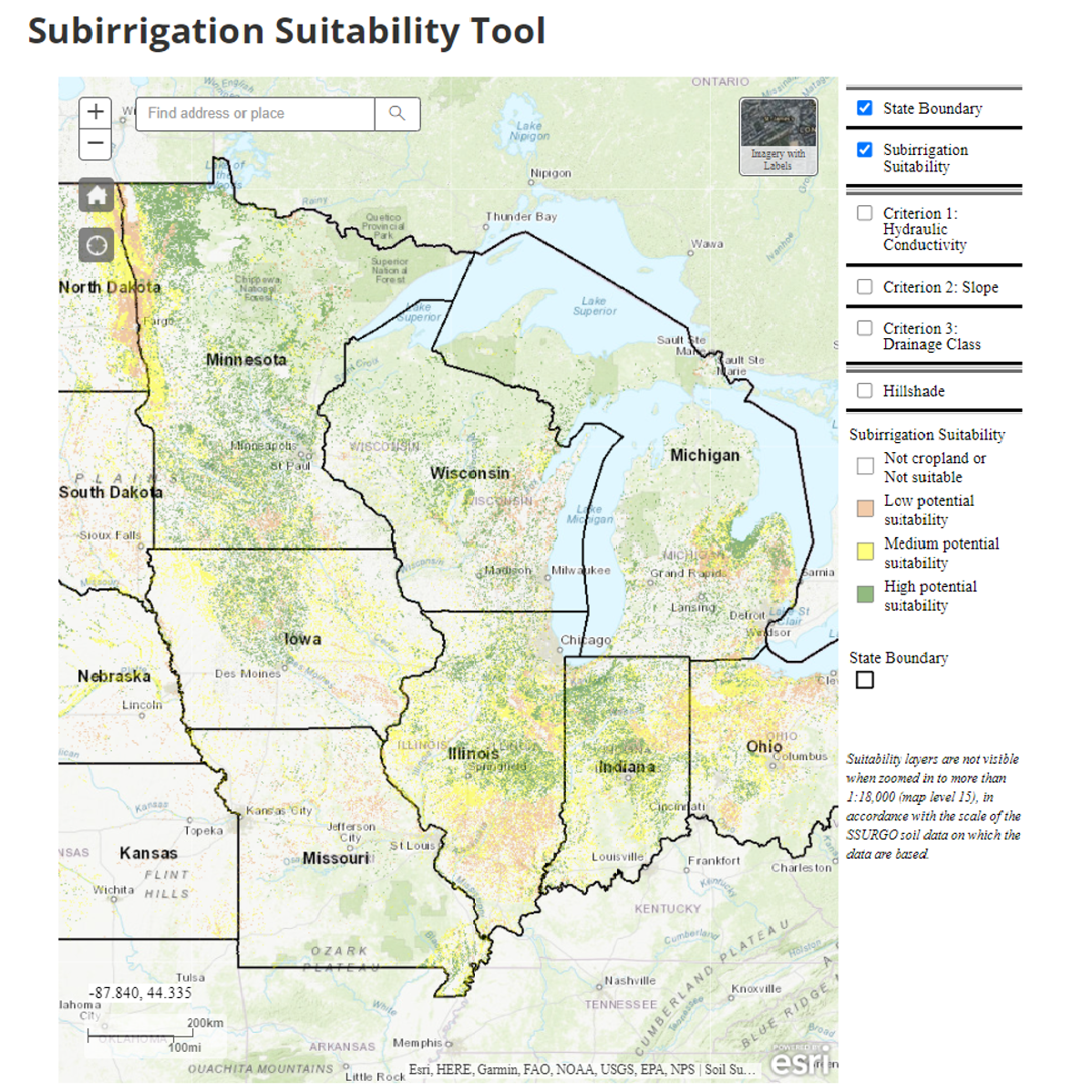
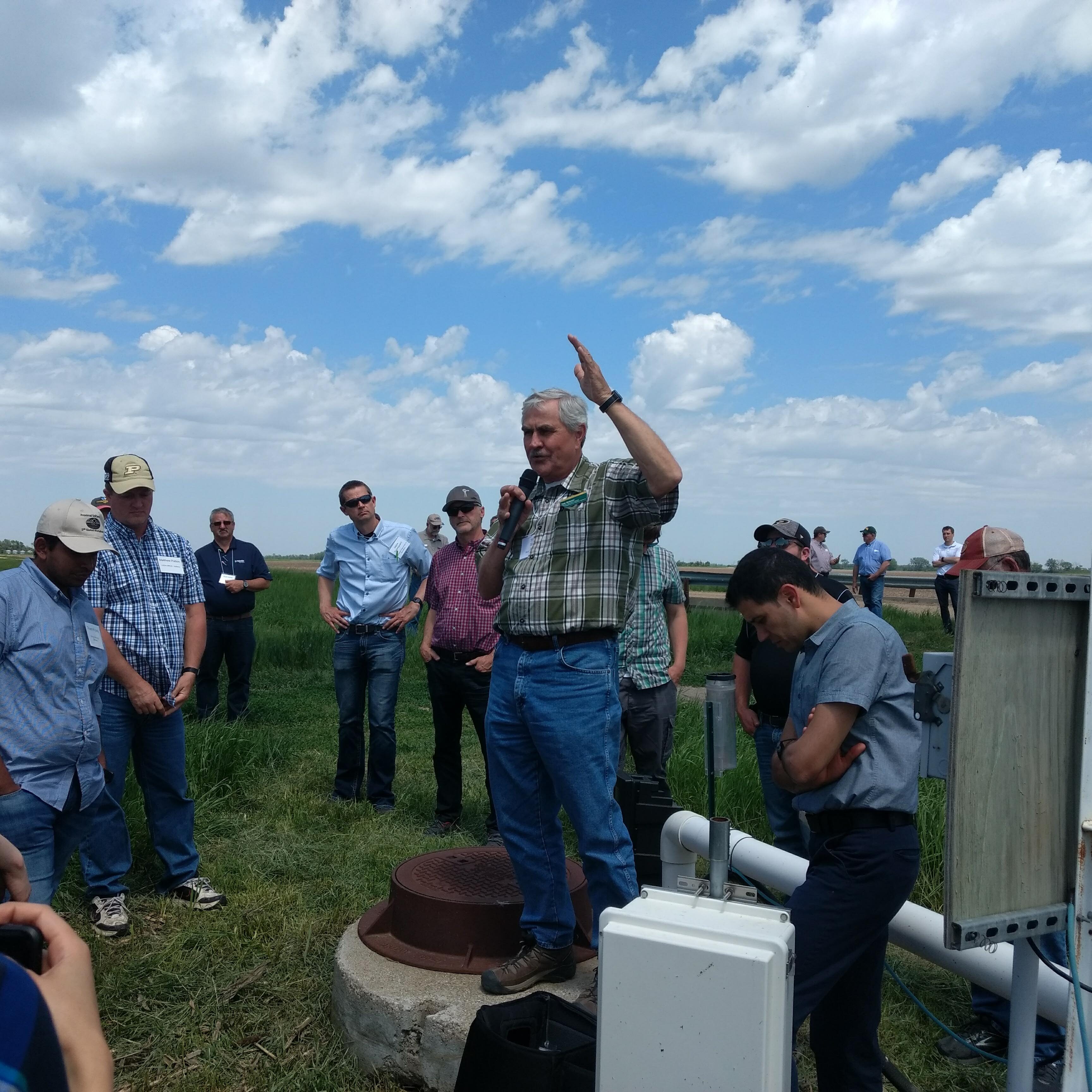
Extension outputs included 210 presentations, more than 115 media and popular press articles, 29 field day reports, 23 webinars, 10 extension publications, and 9 online decision tools. National recognition was achieved through an Educational Aid Blue Ribbon Award by the American Society of Agricultural and Biological Engineers for the extension publication titled, “Questions and Answers about Drainage Water Recycling for the Midwest".
- Impact: The project website has reached more than 33,000 website users and 121,500 page views. The project YouTube channel logged more than 6,500 views and the Twitter account (@TD_Drainage) has 425 followers. In total, extension activities reached over 12,300 stakeholders. Audiences included agricultural producers, the drainage industry, watershed managers, agencies, and policy makers.
The project leveraged more than $4.46 million in private and additional public funding to continue to advance and build on the achievements of the project across the U.S. Midwest.
In order to continue the work of the project into the future, team members organized and led the development of a new organization, the Conservation Drainage Network, including the website and structure. The 2021 annual meeting of this new organization had 196 attendees from 20 states and 6 countries, demonstrating the reach of the project and its advances.
- Impact: This new network brings together the drainage industry, conservation agencies and non-governmental organizations, and researchers to continue to advance agricultural drainage and water quality.
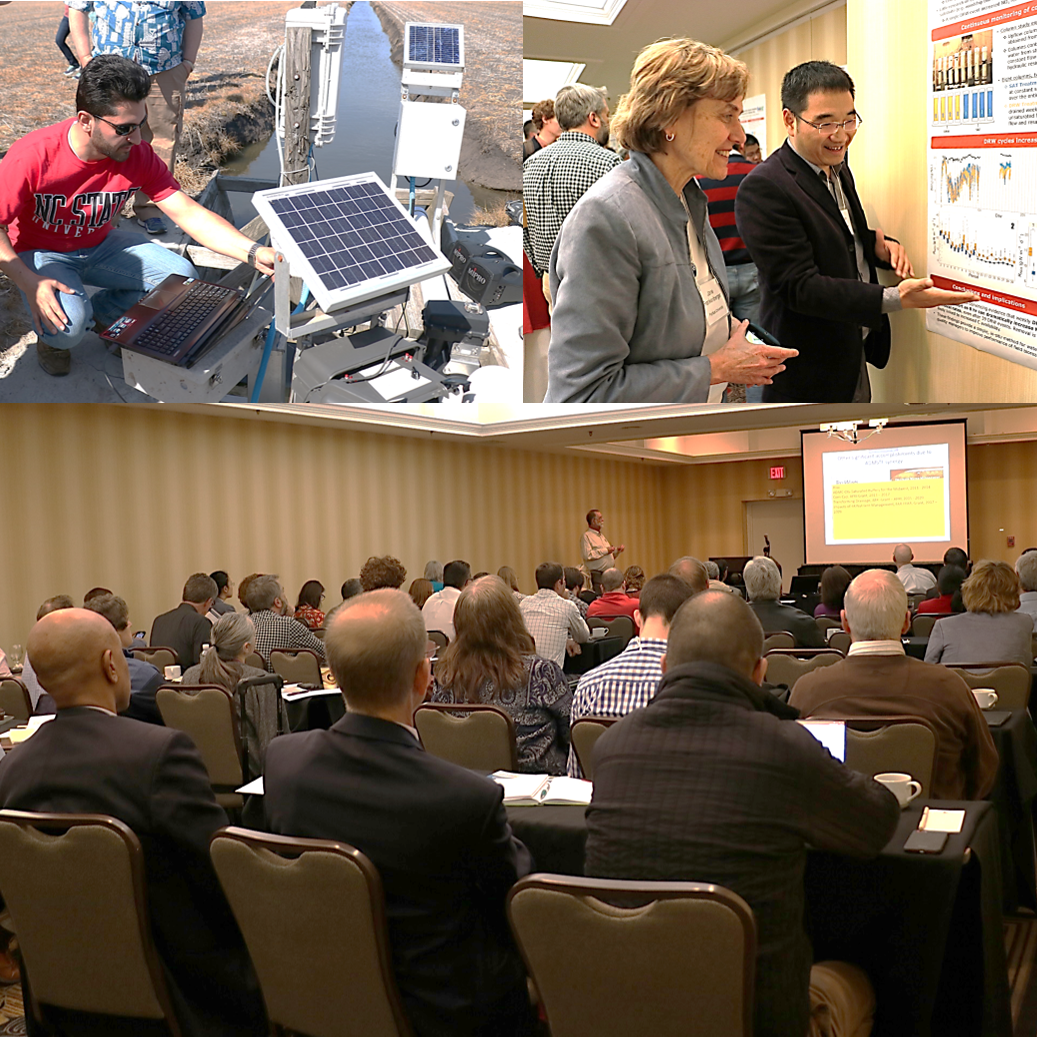
Highlights Year 1, Highlights Year 2, Highlights Year 3, Highlights Year 4, Highlights Year 5
Learn more about The Team and Collaborators.
Learn more about the Advisory Committee.
